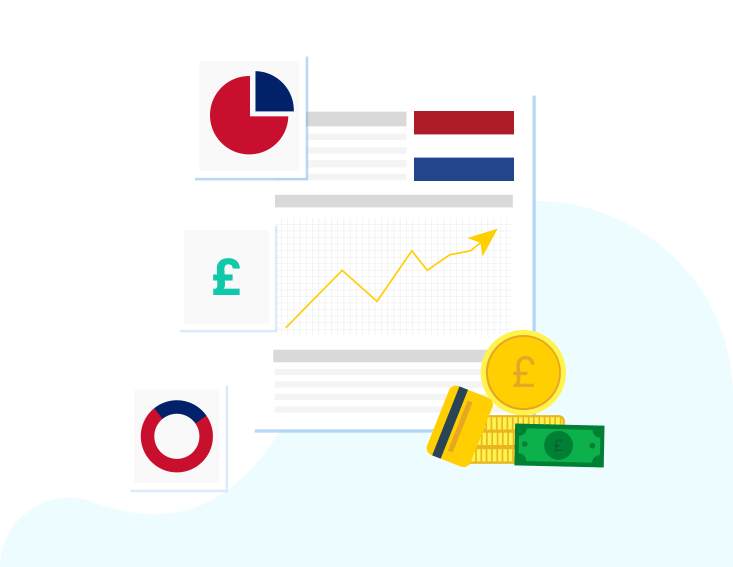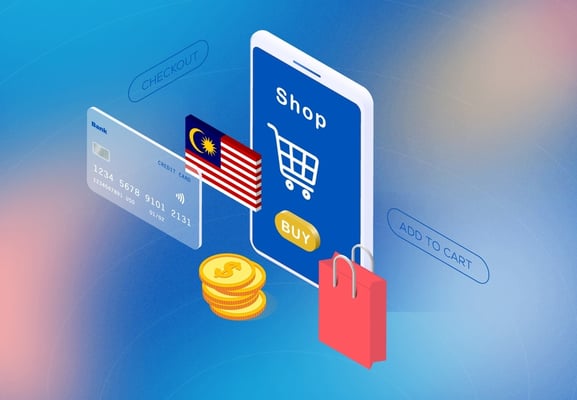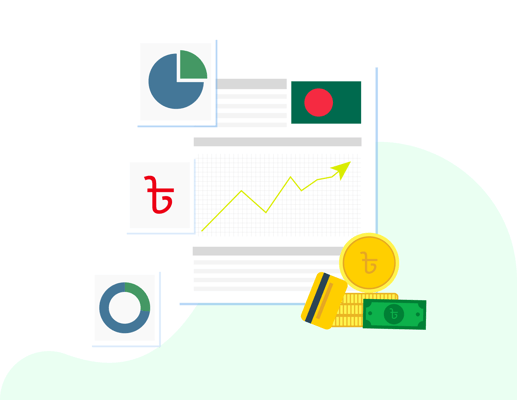The Netherlands is one of the leading European countries in adopting digital/cashless payments. The total value of digital transactions is expected to reach USD 71 billion in 2023 and USD 109 billion by 2027. With the introduction of digital methods, the use of cash has been steadily declining. Cash was used for only 11% of the total POS transactions in the Netherlands.
Customers opt for contactless payment methods, majorly credit and debit cards, mobile wallets, SEPA, and more. Because of this, businesses need to actively start offering these payment methods if they want to thrive in this competitive market.
In this blog, we’ll list some of the most popular payment methods in the Netherlands. Also, we’ll discuss the challenges businesses face when integrating local payment methods and possible solutions. So, read in full.
Top 6 Payment Methods in the Netherlands
1. Debit/Credit Cards
Cards, primarily debit cards, are quite popular in the Netherlands. Over 60% of retail transactions across the Netherlands are made using debit cards. Popular card brands include Visa, Mastercard, American Express, Maestro, Vpay, and more.
Coming to credit cards, they’re not nearly as popular as debit cards. Many merchants don’t even accept credit cards.
2. Digital/Mobile Wallet
The popularity of digital wallets in the Netherlands should not come as a surprise, considering how advanced the country is. Customers can conveniently pay using mobile devices like smartphones or smart watches without carrying cards or cash. Popular digital wallets in the Netherlands include Google Pay, Apple Pay, and PayPal.
3. iDEAL
iDEAL facilitates bank-to-bank transactions and is pretty popular in the Netherlands. Around 70% of eCommerce transactions in the Netherlands were made using iDEAL. This popularity is primarily because of its high acceptance rate and ease of use.
When using iDEAL, customers are redirected to the bank’s website, where they can enter the necessary details. And the transaction is completed. While iDEAL is great for one-off payments, making recurring or subscription payments is hard. This is because the customer has to authenticate each time they make a transaction.
4. SEPA Direct Debits
SEPA in SEPA Direct Debits stands for Single Euro Payments Area. This payment method is similar to iDEAL and facilitates bank-to-bank online transactions. Customers can connect their bank accounts with SEPA and seamlessly make purchases.
SEPA works in all EU countries, allowing customers to pay securely and conveniently. Moreover, SEPA can be used for accepting recurring payments. So, if you’re a subscription business, you must integrate SEPA.
However, SEPA is slower as compared to iDEAL. This happens because the transactions go through multiple banks before finally being credited. Sometimes, it can take up to 14 days.
5. Cash
While cash is used in the Netherlands, its popularity is steadily declining. People are moving towards digital and contactless modes of payment, such as digital wallets, credit cards, debit cards, and more.
Nevertheless, as a business, you must accept cash. Regardless of its popularity, certain individuals still consider cash their primary payment method.
6. Buy Now, Pay Later (BNPL)
Similar to other countries, BNPL is becoming increasingly popular in the Netherlands. BNPL service providers offer customers the ability to pay for a service/product through easy instalments. This is quite useful when making expensive purchases.
Businesses integrating this payment method can make purchases more lucrative and convenient for buyers. This also could reduce cart abandonments. Common BNPL providers in the Netherlands include Afterpay, and Klarna.
Now that you know what payment methods are popular in the Netherlands, it’s time to integrate them into your business. However, this process is not easy. There are several challenges you might come across when integrating local payment methods. Let’s learn more about them below.
Local Payment Methods and Rising Complexities for Businesses
Here are some common challenges businesses face:
-
Choosing the Right Payment Methods/Gateways:
Businesses new to offering digital payment methods don’t always know the best payment method. For instance, they might not know which method charges less transaction fee, chargeback fee, rental cost, etc. And because of this, businesses make the wrong choices and lose money. -
Integration is a Hassle:
Integrating payment methods is a time-intensive process and requires a dedicated team in most cases. And that’s something most businesses lack. Because of this, it can take several days to integrate local payment methods and start accepting payments successfully. -
Offering Multiple Payment Methods:
When integrating multiple payment methods, businesses are faced with a situation. If they integrate more payment methods, it’ll be good for customer experience, and they’ll make more sales. But at the same time, more payment methods mean more expenses. And this makes it hard to choose the right option. -
Ensuring Security:
With the rise of technology, online fraud, such as ID thefts, social engineering, etc., have increased substantially. Therefore, businesses need to offer local payment methods and ensure complete security. Otherwise, data breaches can occur, leading to poor brand reputation and loss of data/money.
While these challenges can give new businesses a hard time, there’s a solution: inai. Let’s learn how inai can help.
How Can inai help you Integrate Payment Methods in the Netherlands?
Here’s how inai can help:
-
Supports Multiple Payment Methods:
inai, a payment aggregator, offers businesses access to 30+ payment gateways and 300+ payment methods. Businesses can easily compare multiple options on inai’s dashboard and integrate whatever fits their needs and budget the best. This allows businesses to make the right decisions and save money. -
Code-less integration:
inai comes with codeless or no-code integration that doesn’t require a dedicated team of experts to get things going. You can start accepting with inai within 60 minutes.
Also, after integration, you can add or remove payment gateways/methods based on your needs, making the entire process seamless. -
Secure Payments:
inai ensures all your payments are secure. Thanks to the fraud prevention tool it comes with. In addition, inai is PCI-DSS compliant and follows the latest GDPR regulations. This way, you can offer secure payments and stay compliant. -
Payment Analytics:
One of the biggest advantages of inai is payment analytics. When you sign up, you can find all your payment data in the dashboard, using which you can draw valuable insights and make informed decisions. This way, you can improve your offerings and deliver a better customer experience. -
Unbeatable Up-time:
If a payment gateway stops working, you can use payment routing to route transactions via the next best option. This way, you can consistently accept payment no matter what happens, leading to a better customer experience.
That’s how inai can help you seamlessly tackle the above challenges and offer all local payment methods in the Netherlands. 
.png?width=123&height=71&name=inai%20logo%20-%20dark%201(1).png)





.png?height=400&name=Header%20-%20Top%20Payment%20Methods%20in%20Rwanda%20(1).png)